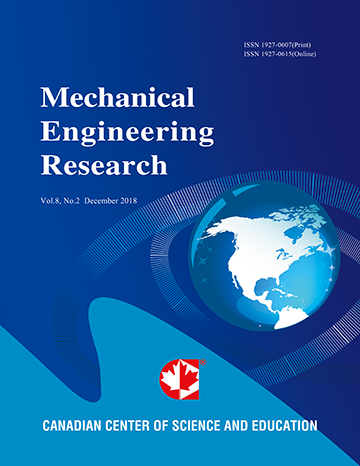Toward a Computational Model of the Upper Extremity
- Hooshang Hemami
Abstract
A basic 22-segment model of the upper extremity is formulated that can allow computational testing of hypotheses about the control and coordination of the upper extremity by the central nervous system. The formulation allows for further analytical, anatomical, physiological, and bio-mechanical expansion and improvement of the model. It allows for inclusion of all passive structures: ligaments, membranes, soft tissues, and cartilages. The formulation is based on the state space formulation of the Newton-Euler method applied to multi-body systems. Extensive use is made of three-segment rigid body modules, constraints, reduction of dimensionality, projection, and matrices of large dimensions.An example, gliding motion of a rigid body on a circular surface (as in wiping a dish with a pre-specified force of contact) shows the application of some of the concepts and feasibility of the developed routines. The control is based on analogous strategies in living systems where co-activation of agonist-antagonist muscular systems and precise reference inputs implement the desirable trajectories of motion and where an integral feedback of the force implements the desired forces of contact.
- Full Text:
 PDF
PDF
- DOI:10.5539/mer.v7n2p40
Contact
- Lenna BaiEditorial Assistant
- mer@ccsenet.org
